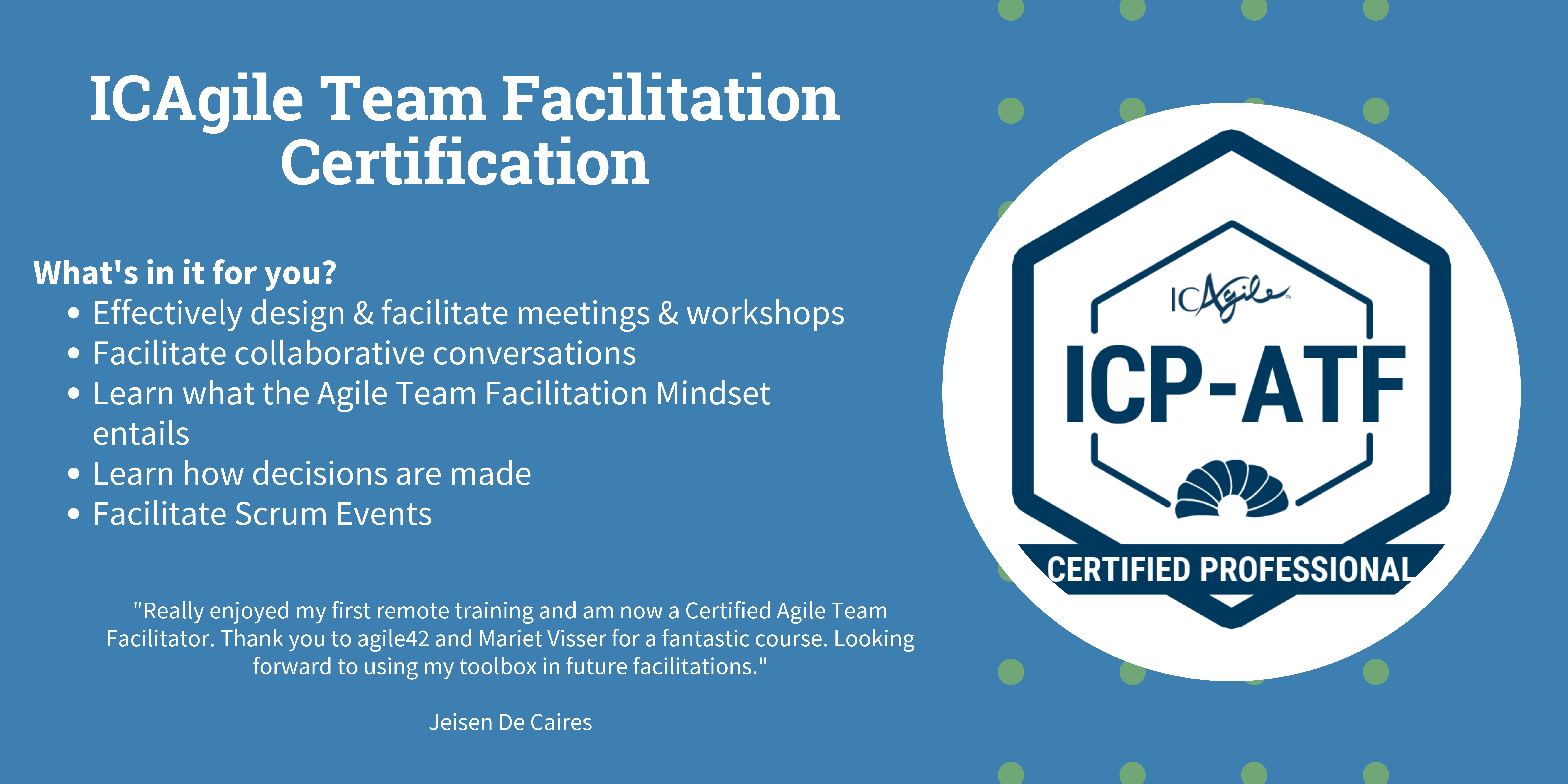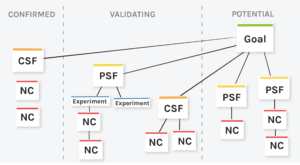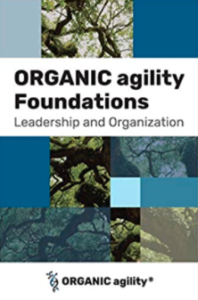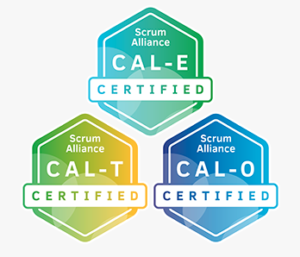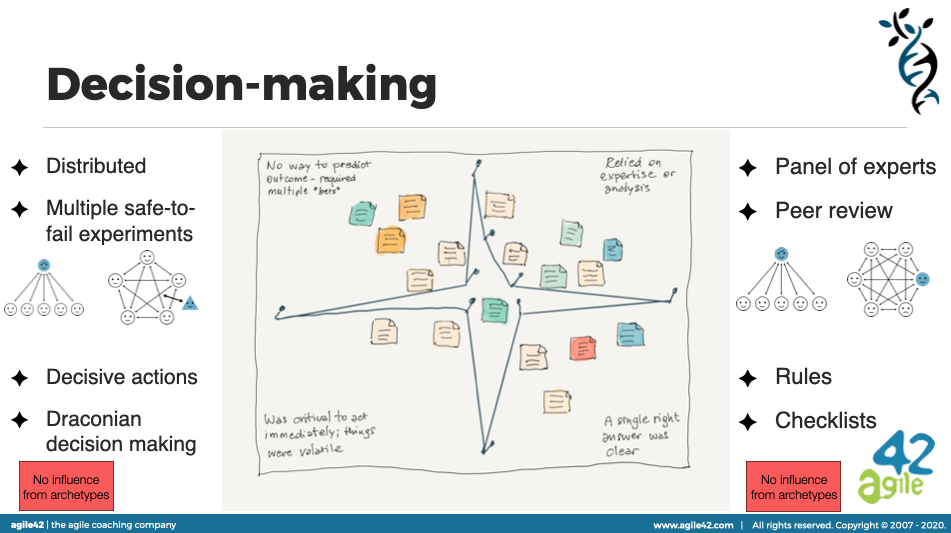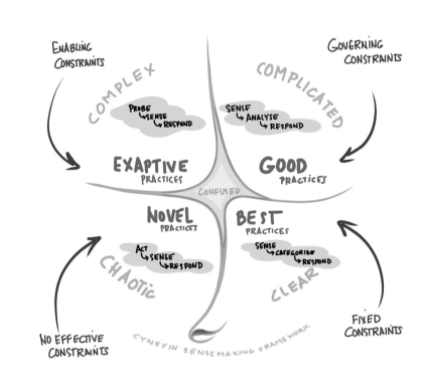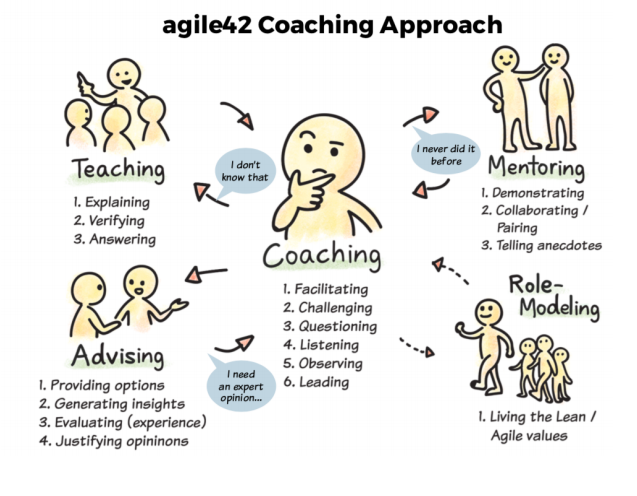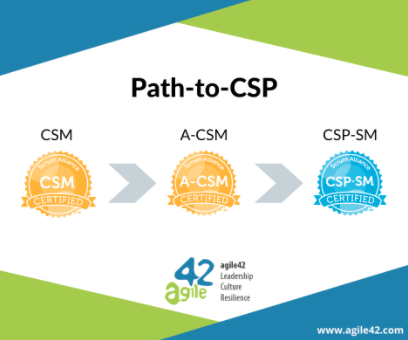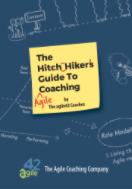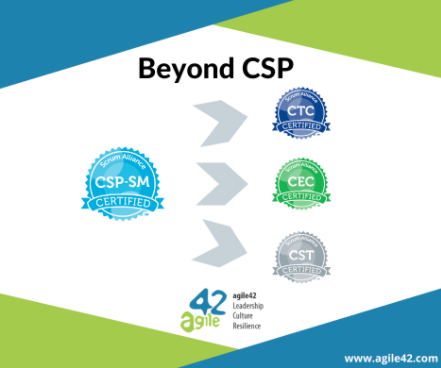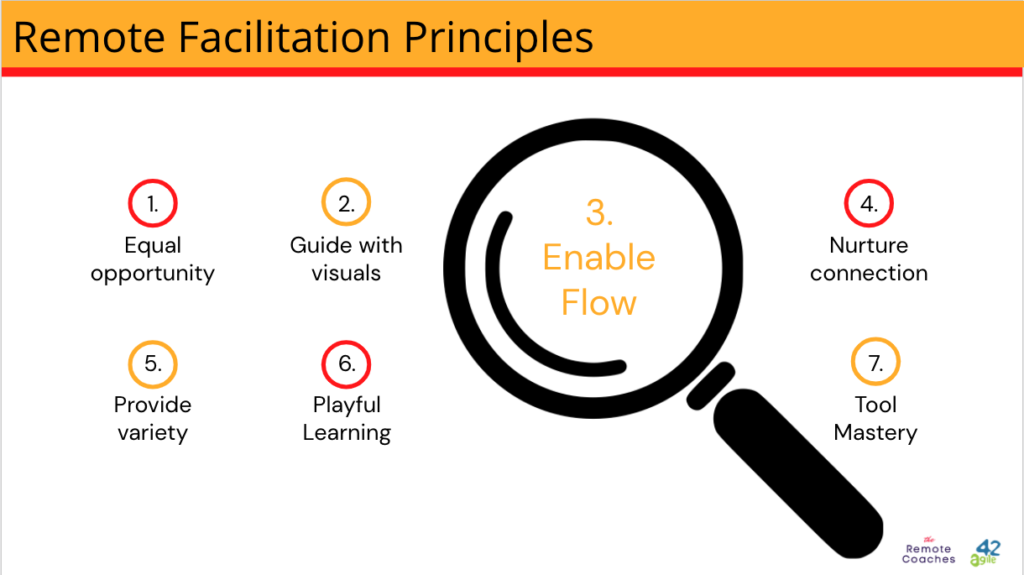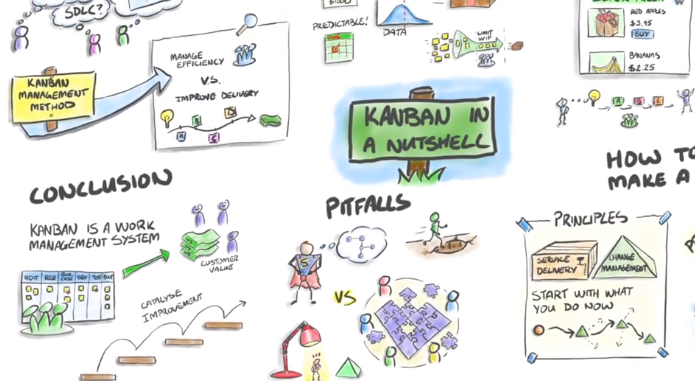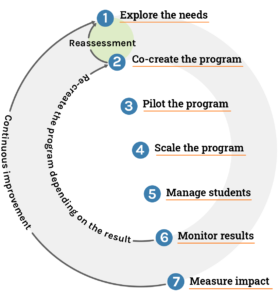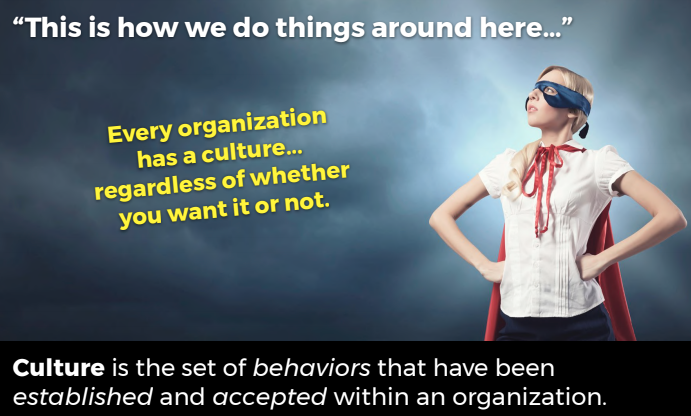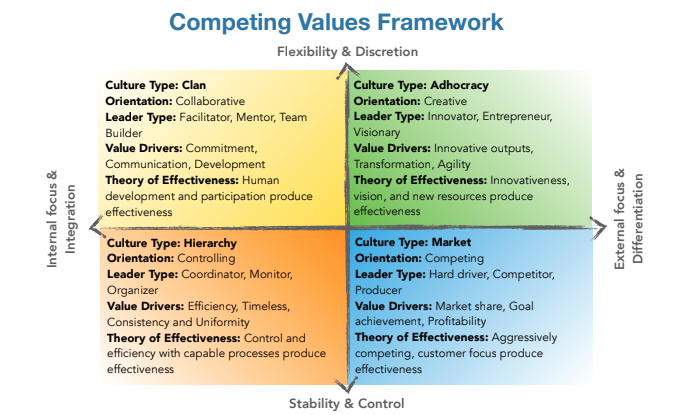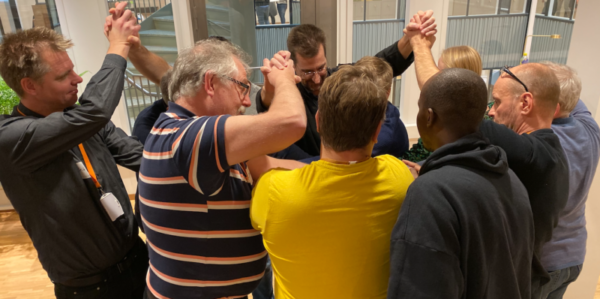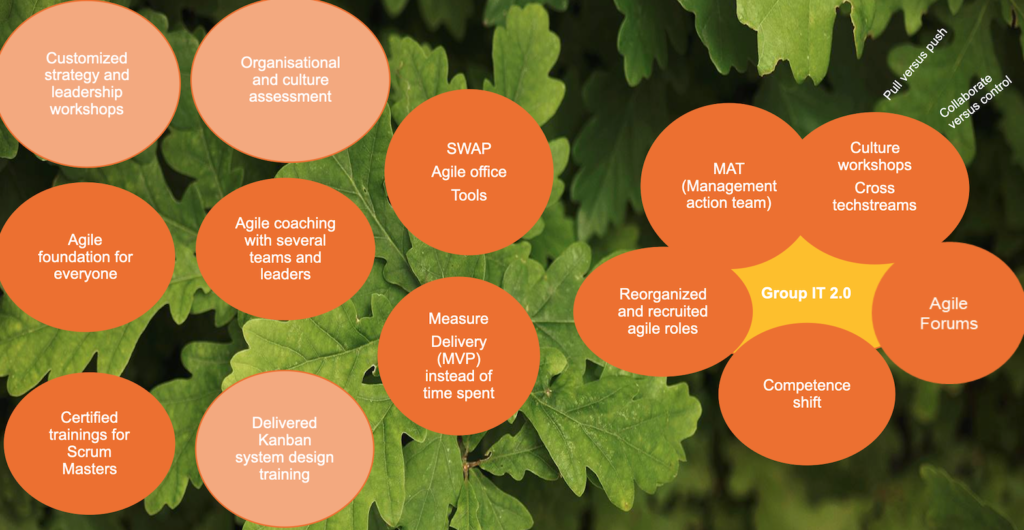Leading Remotely: Webinar
/by Sofia SvanbäckOur theme for April was Leading Remotely, where we teamed up with our trusted partner, Geoff Watts from Inspect & Adapt, who kicked off the month with a video interview. Geoff is the UK’s leading ORGANIC agility® leadership coach. In his interview, he shares his observations on how organisations have been impacted by COVID-19 and particularly how leadership has been affected by the shift to remote work. He also gives advice about what to focus on to better lead remotely.
In the second part of our "Leading Remotely" theme, ORGANIC agility® leadership coach Andrea Tomasini shares his insights of the effect the COVID-19 pandemic has had on organisations, addressing why some companies have fared better. He also gives tips on how leaders can increase effectiveness when working remotely whilst finding ways to reduce stress levels amongst employees.
To sum all of this up, we hosted a webinar on the 22 of April, which recapped the month and the general discussions, both on social media and also in our Community. Both Andrea and Geoff shared their thinking live, and the amount of people that joined us was fantastic.
Since the topic is very broad, we chose to have a poll in the beginning of the session, to see where we should start the conversation. The options were:
- Trust
- Well-being when working/leading remotely
- Practices
The majority of people wanted us to talk about “Well-being when working/leading remotely” and that became the natural starting point of the discussion. However the conversation did cover all three points, as they do go hand in hand.
Leading remotely is a big topic, and our audience contributed with both good questions, as well as sharing their own valuable thinking and ideas on how they tackled this situation. The webinar was hosted more as a discussion this time around, and the engagement was great!
If you missed out on the live session, don’t panic! We have the recording for you here to share around with your network.
For any questions, you are always welcome to contact us!
Hope to see you again next month, for a new theme and new discussions!


